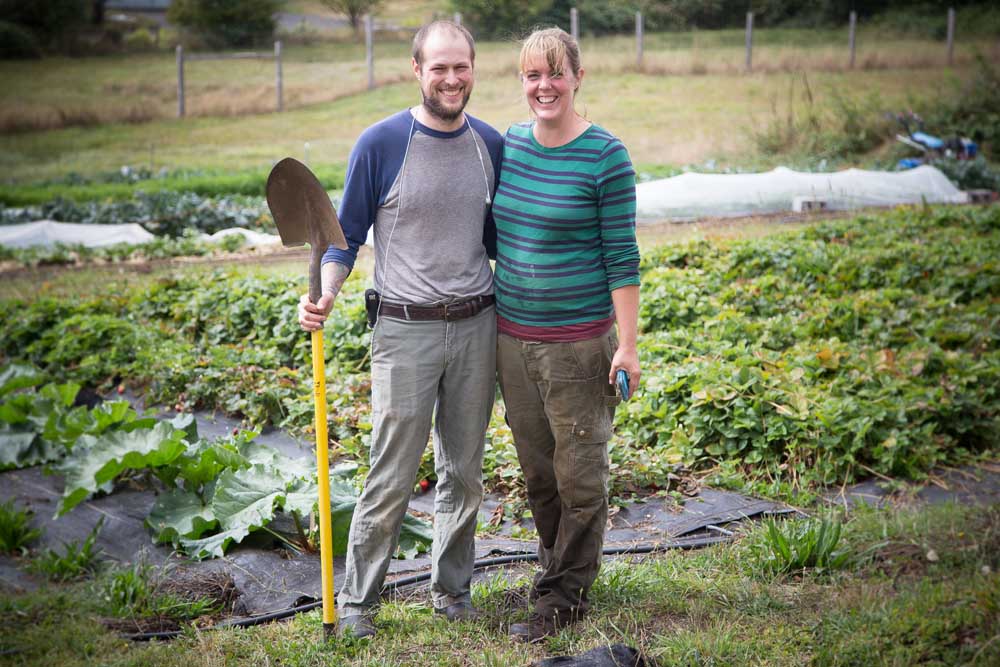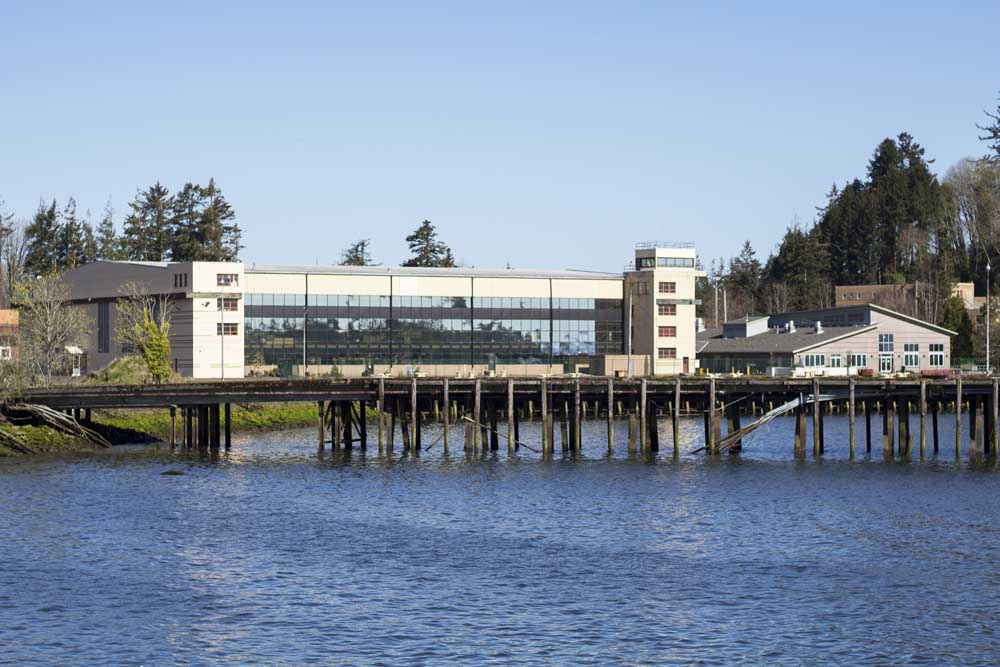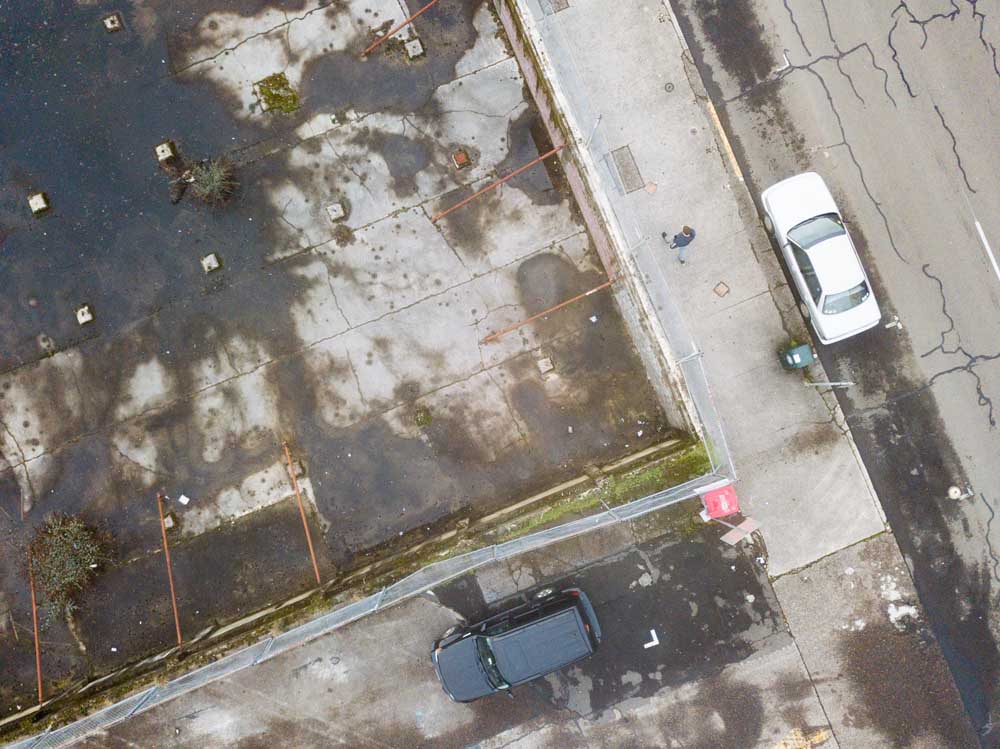Farm builds support for locally grown Asian vegetables
Published 6:38 am Wednesday, September 26, 2018

- Sam Seulean, 35, and Kelly Huckestein, 34, are in their third growing season as owners of Spring Up Farm in Knappa.
How long have you had the farm?
Kelly: “We’ve lived here for six years. This is our third season of growing. The first couple years we put up the fence and built greenhouses.”
What do you raise?
Kelly: “We’re mostly a vegetable farm, about 80 percent. We have chickens, although we’re kind of moving away from them a little bit, at least temporarily. We have a 1 ½-year-old and don’t have time to focus on them. We do CSA (Community Supported Agriculture) and the farmer’s market and some wholesale. We started initially just doing markets. This is our first year doing the CSA.”
What are your top sellers?
Kelly: “Tomatoes, peas, carrots and strawberries are strong sellers.”
What’s the most common question you’re asked at the market?
“Are you local and did you grow this?”
It seems rare to find a young people seeking farming as a profession; what inspired you to go into the field?
Kelly: “We both went to the University of Oregon. One year I did an internship with the food bank on a small farm where at-risk youth would come, help on the farm and have a little food stand. After we graduated, we went down to Central America for about a year and did WWOOFING (World Wide Opportunities on Organic Farms), mostly in Costa Rica and Nicaragua. We came back and went to work for a bigger farm in Eugene for a couple years. I had family here, so we decided to look in Astoria to see if we could find something — we thought it would be a good market to get into. It took us a couple years to find a place. We helped out on other farms and got familiar with the climate and growing seasons.”
Is there a particular thing you consider your specialty or forte?
Kelly: “I have a love for growing Asian vegetables — bok choy, pok choy, nappa cabages, komatsuna and daikon radish. We have a really good climate for them and they taste delicious. It’s one of my favorite things to grow. However, it’s not one of our most profitable. There is a new Japanese restaurant and he’s pretty stoked.”
Now in your third growing season, have there been any learning experiences along the way?
Kelly: “Last year it was really hot and some of our crops petered out. This year has been a lot cooler so most things have done a lot better. There’s been a lot of ups and downs (in temperature), which has been challenging. It usually doesn’t feel like fall until the end of September, but this year there was a fall vibe at the end of August.”
Have there been any crops that have surprised you?
Kelly: “Snap peas. They have been one of our top sellers, which was surprising to me. It’s great, because we have a cooler spring and can have them longer.”
Have there been any particular customer requests?
Kelly: “Yes, one thing we started growing but weren’t originally planning was pickling cucumbers. There’s a lot of people growing them but there’s still a solid demand.”
What’s been the biggest challenge of starting a farm?
Kelly: “Startup capital is huge. You can’t grow anything around here unless you have a fence because of the elk herds. It’s a big expense you have to have right away — then getting the greenhouses up and the irrigation equipment. It just requires a lot of startup capital. All businesses require capital, but when you’re not expecting a profit return immediately, it’s tough initially. After having a kid, now the biggest challenge is just finding the time.”
What aspect do you enjoy the most?
Kelly: “The dynamics and seasonality of it. There are so many variables. Every year is going to be different. You can’t be complacent with what worked last year. I like that challenge.”
Any advice you would give to readers who have a garden?
Kelly: “Sometimes you have to grow for what the climate will allow and not necessarily your tastes. We have trouble with tomatoes without a lot of extra work, but it’s something most people want to grow. There are some cold-tolerant tomatoes from Russia and Siberia. But you might want to branch out to something you might learn to love. The Asian greens do really well in this area. People would ask what this weird green called komatsuna was and now we have customers looking for it and guy lon. That’s the nice thing about having a farmer’s market — people can ask you questions and you can explain it.”





